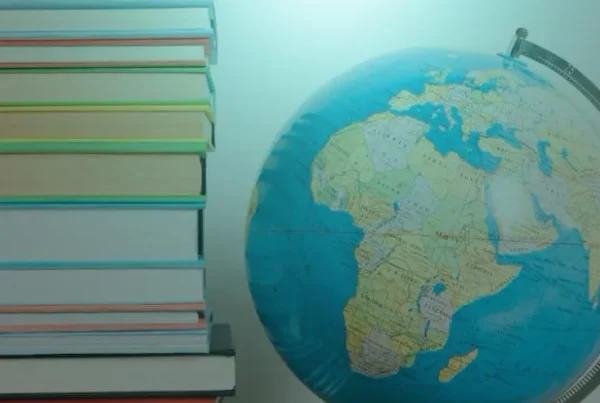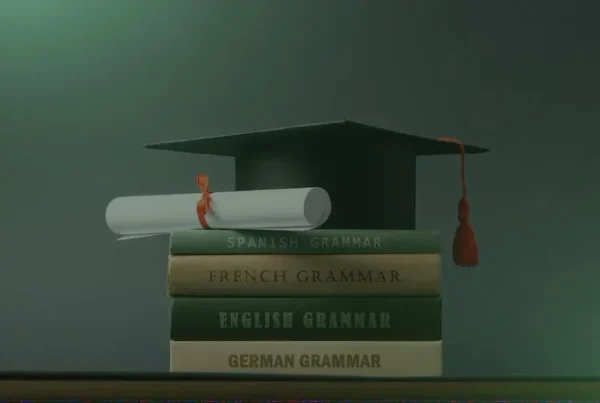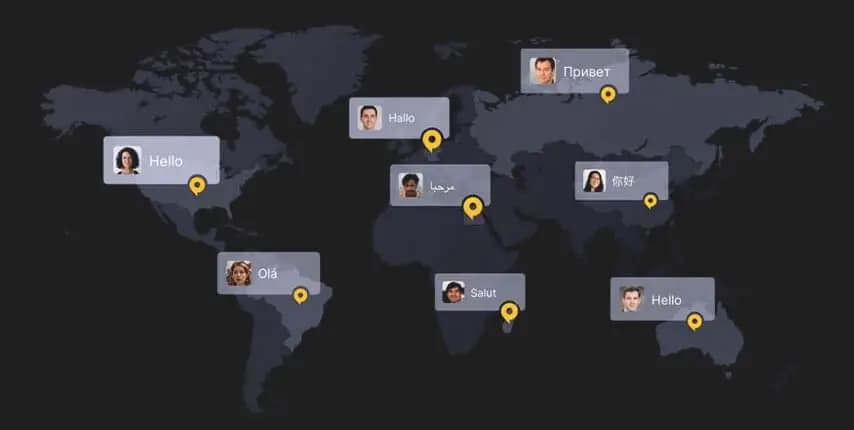4 Audiovisual Translation Trends: 2021
 Our Localization Roadmap
Our Localization Roadmap
The global business landscape and consumer behaviour have been changing at an increasingly rapid pace since 2020. Changing the media content or the way it is displayed to better fit the culture of a certain country or fit a particular region and help reach a global market has existed decades ago, but has particularly boomed ever since COVID-19 made the world rethink how to work and quickly adapt. Below are the top 4 audiovisual translation trends to be considered when outlining and planning your localization or marketing strategies:
1 | Text for speech recognition
Remember back during the old days of voice recognition technology? When you would call a number and were instructed to use your voice to select options and it would usually end up as a frustrating experience. Back then, the voice recognition softwares wasn’t advanced enough to even understand voices, now, the industry has expanded far beyond speech recognition, the advancements in the automatic speech recognition technologies are fueling a new wave of innovation…the world is now being dominated by talking devices, with a consciousness.
One of the major audiovisual trends this year is all about text to speech recognition, to the extent that TikTok that is known for having many trends appearing and disappearing on a frequent basis, has implemented the text-to-speech audio effect during the end of 2020 and still has the feature, making it one of TikTok’s longest-running trends.
The text-to-speech programs interpret emojis and understand the user identity; the voices are becoming more natural and real human-like with character. Also, includes closed captions of the text being read, to increase digital accessibility for the audience with hearing disabilities.
The systems now understand the user identity; the voices are becoming more natural and real human-like with character. Thus intuitive, frictionless, and more accessible to a wider audience.
2 | Creative subtitling
Text on screen is becoming an essential part of storytelling, it’s no longer only about creating or recording creative visual content, especially when aiming towards a wide target audience. A good creative subtitle needs to be:
- In appropriate colors for when the videos are extremely light or dark, the sharp and contrast colors like black or white are not always suitable.
- Clear for all the target audience without drawing attention away from the video through choosing the fonts that give your video a clear feel at the same time adding to your originality.
- Adjusted to the perfect font size, not too big that it blocks important information on the screen and not too small that the audience can’t read.
The above criteria is just what a mainstream creative subtitle should be, it’s now way more than just that…it’s now storytelling through visual text. A few years ago, creative subtitling was not ascribed the value it deserves, now it’s finally becoming part of the post production process.
3 | Live subtitling for events
With the rise of zoom and everyone attending events online from home the demand for live subtitling sky-rocketed as it helps businesses on both a practical level and marketing level:
| Level | Benefits |
|---|---|
| Practical | Improves focus and engagement on video conferences, helping participants understand despite noise or unclear speech. |
| Marketing | Shows commitment to accessibility, makes a strong first impression, and ensures inclusivity for all participants. |
4 | Cloud tools (dubbing & subtitling)
According to Gartner, Cloud providers are one of the industries heavily impacted when the pandemic hit, the worldwide end-user spending on public cloud services is forecast to grow 18.4% in 2021 to total $304.9 billion.
To cope with the new multimedia world, the localization industry came up with cloud based tools that allowed audiovisual translation to be done remotely. For example, the online recording ZOOdubs made it possible for multiple voice actors to work in real-time with directors and other voice actors remotely which allowed them to work on voice over/translation projects remotely with the benefit of being in sync at all times.
Your Gateway to Audiovisual Translation
Working in the multimedia industry?
Saudisoft’s wide pool of professional talents, artistic directors and studio partnerships ensure our clients reach the highest quality standard while setting out for audio/video text adaptation, time coding, script translation, and professional voice talent recording.


 Our Localization Roadmap
Our Localization Roadmap



